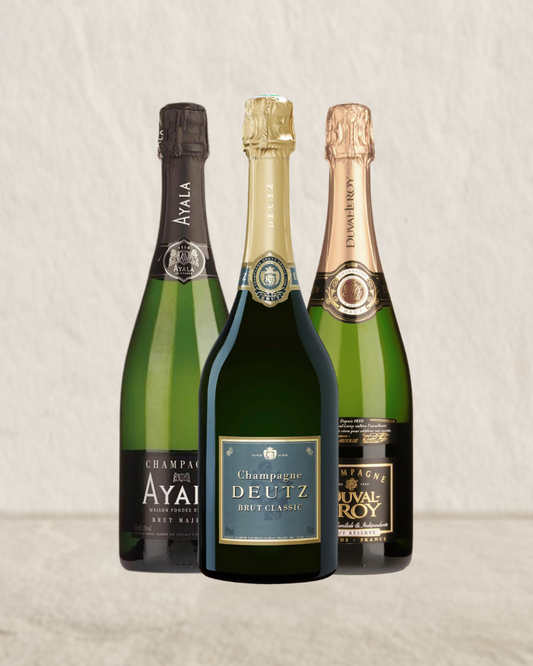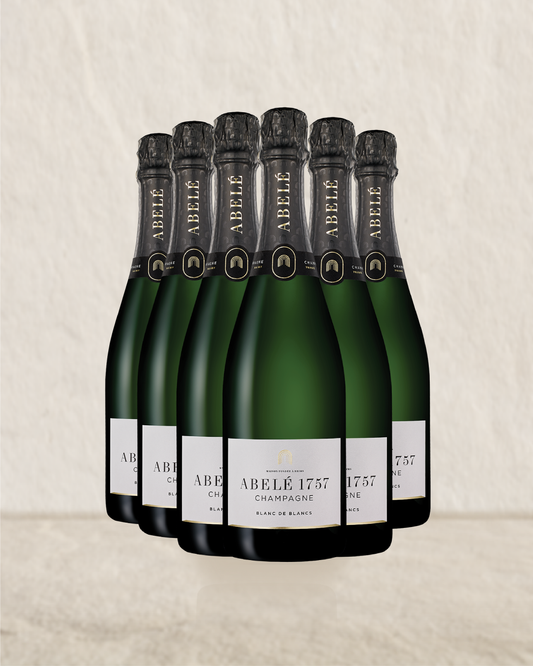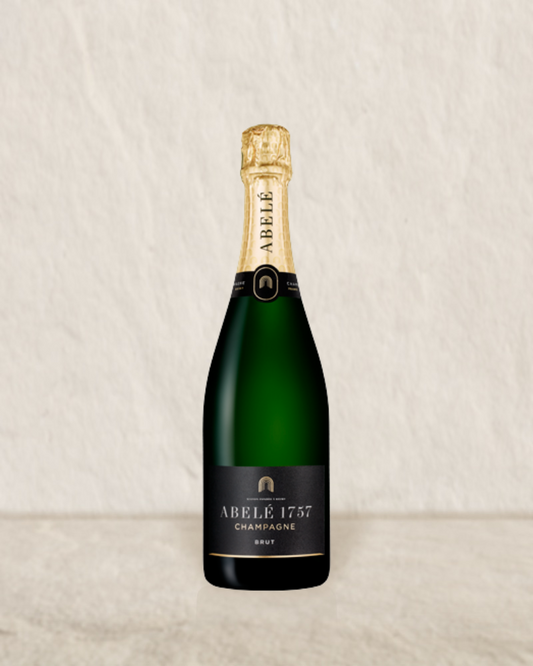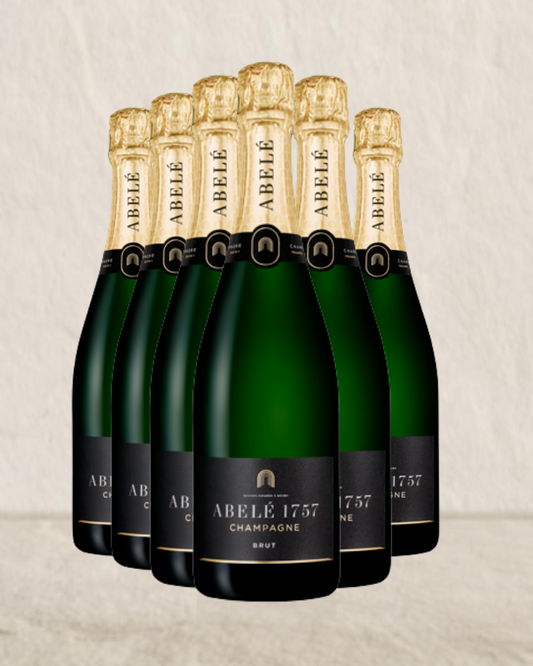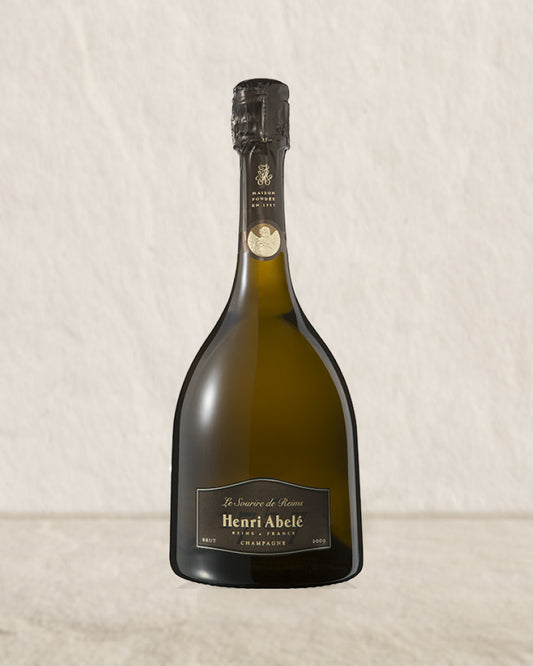Reserve wines and how they are used to enhance or maintain house styles.
Reserve wines are quality wines held back in reserve for a number of different reasons; They are invaluable for blending in times of very poor vintages such as 2001 (reported to be the worst since 1873), they are also utilized in certain ‘house styles’ giving character and complexity which is indicative of the house. It is a luxury that not all the smaller houses can afford to keep in large quantities, but there is no denying the effect it on quality it may bring.
Reserve wines are quite simply that, wines held back from previous vintages, essential for the production of non-vintage Champagne, and have become an integral tool since the introduction of the blocage system to overcome vintage conditions. What reserves give to the finished wine is drinkability at an earlier age, as they impart to the wine roundness, richness and a mellowed complexity. It is generally believed that the greater amount used the better the finished wine. The amount used varies from house to house and can be anywhere from ten to fifty percent. The vintage conditions will also influence the amount used, with less being required in the good to great vintages.
In times of adversity such as the difficult 2001 vintage, reserve wines play a vital role in the production of non-vintage cuvees. Severe selection helped to maintain standards of excellence and a much greater use of reserves (often up from 20% to 40%) meant a consistency of style and quality. Laurent Perrier commented that they increased their normal use of reserves from 10 to 30 percent for their non-vintage blend. It is in such difficult vintages that the value of blocage is fully appreciated.
There is a misconception that reserve wines are used primarily to produce the various house styles whatever the quality of the base wine. Reserve wines can impart character but cannot however make up for all of natures imperfections.
The quality of the base wines and their judicious blending is the key to house styles. It is the assemblage of the various crus and grape varieties that more determines a house style. Most commonly the role of reserve wines is similar to that of dosage in that it enables Champagne to be enjoyed at an earlier age, the sweetness of dosage balancing the acidity, whilst reserve wines giving richness, roundness and accessibility.
The quantity of reserve wines used varies from house to house, and for some, the reserve component is an integral part of the personality and style of the house. The use of aged reserve wines are key features of houses such as Roederer, Bollinger, Krug and Charles Heidsieck.
To examine the use of reserve wines in defining a house style, we will highlight two of its finest exponents: Charles Heidsieck and Louis Roederer
No Champagne house has shown such a dramatic increase in quality over the last twenty years as Charles Heidsieck. It has gone from being a decent but unexciting house to one of the premier producers of the region. This was all due to two major factors, its acquisition by the Remy-Cointreau group in 1985, and the hiring of the late, great Daniel Thibault as Chef de Caves in 1986. The financial backing of the Remy group allowed Thibault free reign and license to transform the image of Charles Heidsieck. The firm supported Thibault as he built up huge stocks of reserve wines, at the cost of Champagne sales during this period. His goal was to produce rich, aged non-vintage Champagne, containing forty percent reserve wines.
The non-vintage Champagne was renamed ‘Brut Reserve’, and achieved enormous success throughout the nineties through to today and it is certainly now one of the finest Champagnes available.
The non-vintage Brut Reserve was Thibault’s passion and joy and accounts for 95% of the 170,000 cases produced annually by Charles Heidsieck. In 1997 Thibault took the Brut Reserve to a new level when he introduced the ‘mis en cave’ concept. By placing the year the wine was laid down in the cellar on the label, and the disgorgement date on the back, consumers now know exactly how old their non-vintage is. Whether any other producers will follow this concept is debatable, as many believe the date confuses the consumer into thinking that it is a vintage wine.
What gives the Brut Reserve its unique character is the high percentage of reserve wines. The proportion of which is always higher than a third which is exceptional in Champagne. The reserve wines are aged for up to seven or eight years giving the wines a richness and complexity rivaled by few others. These are Champagnes with body, have a strong presence in the mouth, with fullness, depth and a superbly matured wine-like quality.
Charles Heidsieck’s belief in the quality and age ability of the Brut Reserve is such that they also release a Reserve Privee’.It is Brut Reserve that has spent more than eight years on the lees. The added aromatic richness and palate complexity, is a credit to this now great house, and testament to the vision of Daniel Thibault. Many houses are experts in the use of reserves such as Krug and Bollinger, but one who focuses on its use for house style is Louis Roederer;
This is the most profitable Champagne house due to the vision and dedication of its director Jean-Claude Rouzard, and is a testament to quality. Through his vision he does not seek market share preferring to see his wines on allocation. The belief is that if production was increased, quality would be compromised. The current production is at 2.5 million bottles and is maintained by an ownership of vineyards (75%) that is far beyond the ownership of most houses.
The use of reserves is integral to the Roederer style, and they have a program of reserves which is second to none in the region. They believe that the addition of reserves maintain the Roederer style and gives a unique character like no other.
The reserve cellar represents an enormous investment for the company with holdings of 700,000 litres, which are held in 150 casks with an average capacity of 6,000 litres. The oak casks originate from the forests of Chateauroux in central France, and the investment required to maintain the air conditioning, storage, filtration, and humidification of the cellar, all of which to ensure quality, makes Roederer unique in the quantity of reserve wines kept in the pursuit of quality.
There is no doubt when one tastes the Louis Roederer ‘Brut Premier’ that you are experiencing one of the finest non-vintage wines on the market today. The wine is generally a blend of 40% Grand Crus from the Cote des Blancs and 60% from the
Valle de la Marne, the reserve wines will account for 8-12% of the blend, which have been aged for three to four years in barrel. The reserve wines employed give a richness and roundness which is offered by few others.
Reserve wines help to balance a wine giving greater complexity and texture. They allow wines forwardness in their youth, which can assist in younger Champagnes. In mature, serious wines they can provide backbone, structure and instill greater complexities to the sum of the parts. For some houses such as Heidsieck and Roederer they are an ever important component of their character and style.

